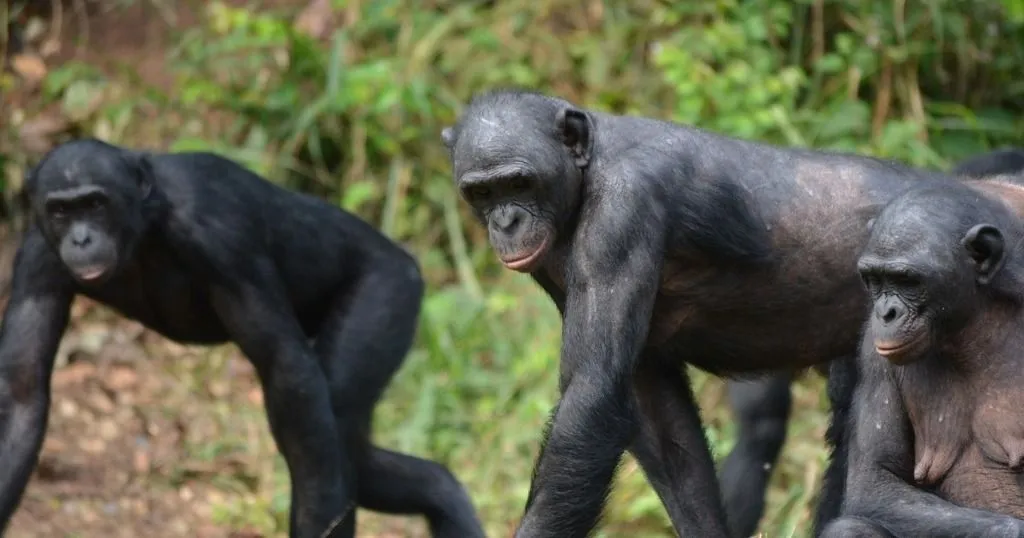Using the Observer XT to measure aggressive behavior in Dolphins
The Observer XT is often used in the field to score complex ethograms. This blog touches upon a study of the 'Wild Dolphin Project' that investigates aggresive behavior between two species of dolphins.
Posted by
Published on
Wed 03 Nov. 2021
Topics
| Aggression | Dolphins | The Observer XT |
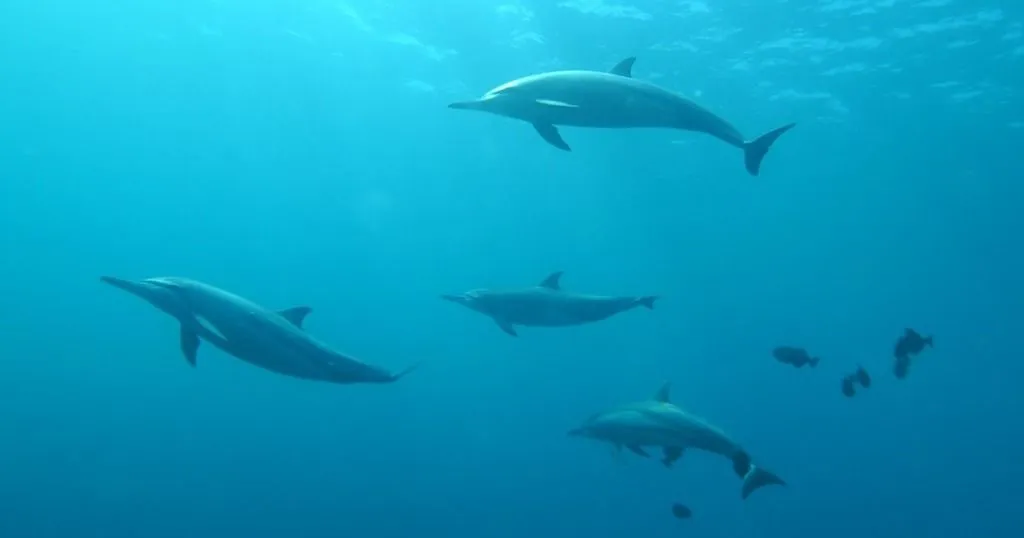
Although we commonly write about behavioral quantification in rodents or zebrafish, other animal research models should not be forgotten! Volker and Herzing, from the Florida Atlantic University, recently published an article in ‘Animal behavior and cognition’ on aggressive interactions between Dolphins [1]. This is part of the Wild dolphin project, which has been collecting underwater data since 1985.
Using the Observer XT to measure aggressive behavior in Dolphins
Sympatric species
Atlantic spotted dolphins (Stenella frontalis) and bottlenose dolphins (Tursiops truncates) are a sympatric species, meaning they are very closely related while also inhabiting the same geographic region, in this case, the northern Bahamas. These species are known to travel and forage together but they also engage in aggressive interactions.
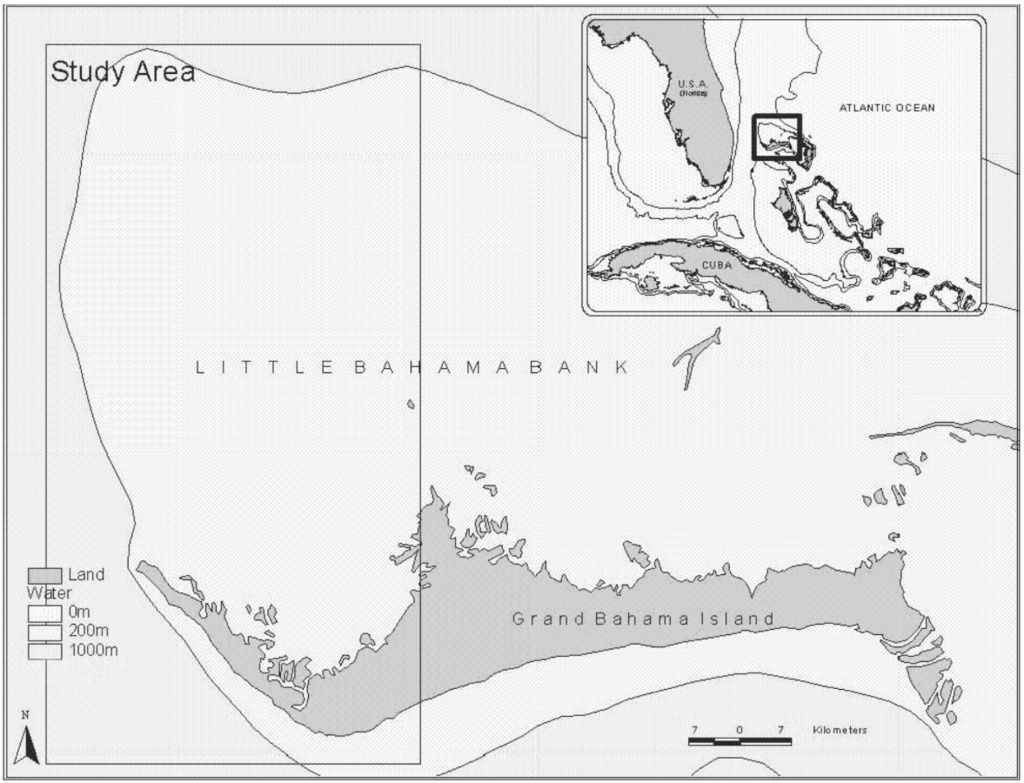
Research area in the Bahamas
Intra- and interspecific aggressive interactions
Throughout the animal kingdom, animals express aggression towards another. This can be between members of the same species (intraspecific) or between members of different species (interspecific). This competition usually stems from competition over food or during competition over mates, and can specifically be aimed at preventing hybridization when two species live sympatrically.
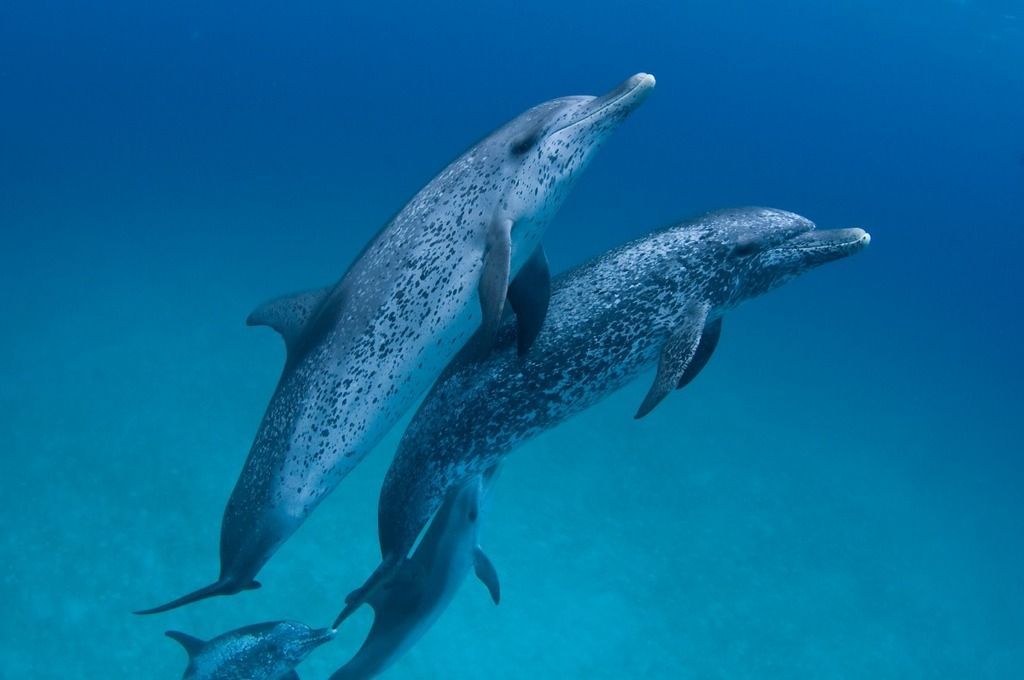
Spotted dolpins
It is known that birds and chimpanzees change their aggressive tactics based on their opponent being intra- or interspecific. This is why the aim of this study was to investigate whether these two types of dolphins also showed a similar behavioral plasticity in aggressive behavior.
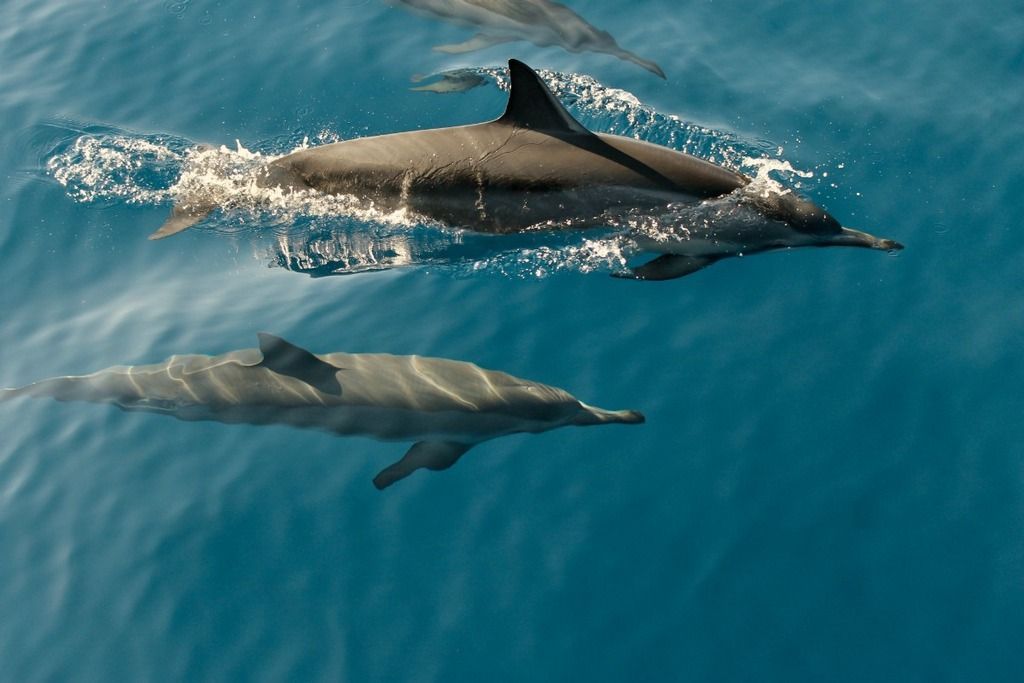
Bottlenose dolphins
The Observer XT
A behavioral ethogram was developed which was scored using the Observer XT. Behavioral readouts were put in three categories:
- Display: Arching, producing bubbles, open mouth, jaw clapping, etc.
- Pursuit: Chasing or following another dolphin
- Contact: Charging, holding down, biting, tail slapping, etc.
These behaviors were scored as intra- or inter specific respectively if they were directed at a member within the species or towards a member of different species.
The full ethogram can be found in the publication by Volker and Herzig [1].
Findings
Volker and Herzig found that there was no difference in the overall behavioral rate, meaning that these dolphins did not use more aggressive events during either type of aggression. There were unique behavioral events per type of aggression, such as tail cavitation (interspecific) and spinning (intraspecific).
Size matters
One important finding was that the two species of dolphins did use different tactics based on their body size: The spotted dolphins used display tactics more often than contact tactics during intraspecific (same species) aggression, while during interspecific (different species) these two types were not used more than the other. These spotted dolphins are smaller than the bottlenose dolphins, and thus need strength in numbers in order to move aggression in their favor.
This also means the spotted dolphins expend more energy and take more risks when fighting a bottlenose dolphin. Defending their females, defending themselves against sexual harassment and reverting more to pursuit behavior to effectively communicate during interspecies aggression all play a role in this.
All in all this thus suggest that there is indeed a high degree of behavioral plasticity in these dolphins, by altering their aggressive behavior based on their opponent.
Forced adaptation
Behavioral plasticity shows that dolphins can learn and alter their behaviors based on (changing) stimuli in their environment, including the possibility of species overlap. This plays a large role when communities are forced into new habitats as a result of climate change and have to adapt in order to survive.
Reference
1. Volker, C. L.; Herzing, D. L. (2021). Aggressive Behaviors of Adult Male Atlantic Spotted Dolphins: Making Signals Count during Intraspecific and Interspecific Conflicts. Anim. Behav. Cogn., 8 (1), 35–51
Related Posts
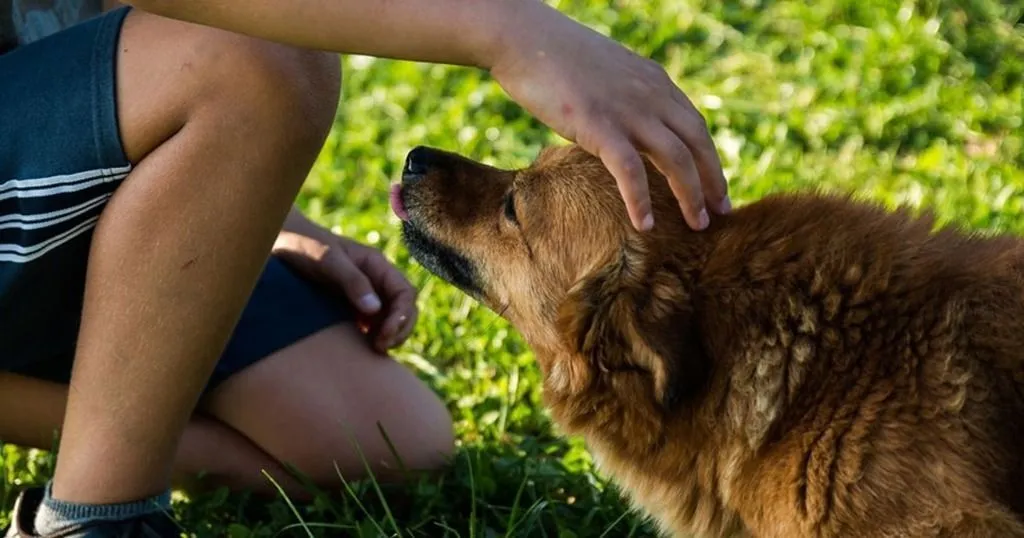
A story of dogs and dolls
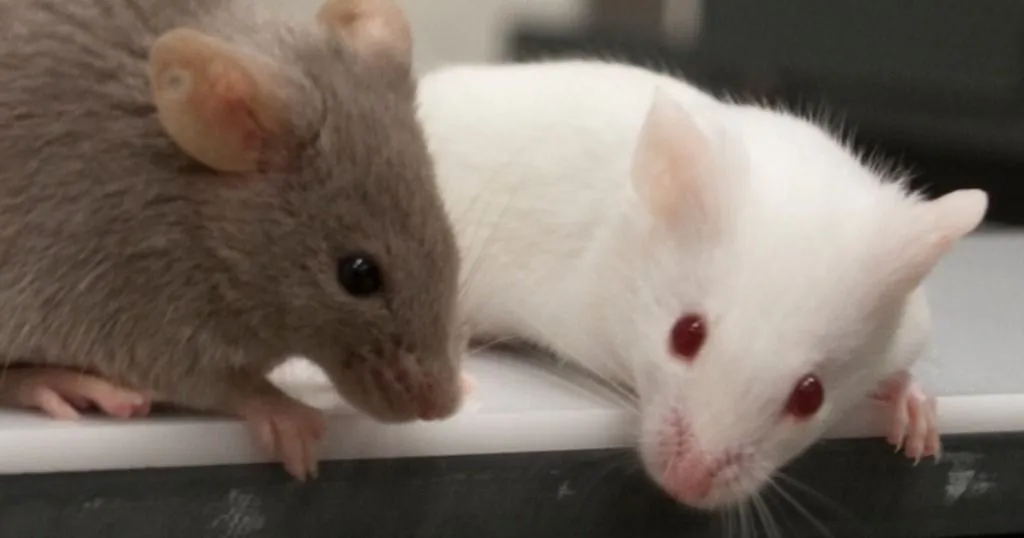
How to analyze different characteristics of olfaction in rodents
